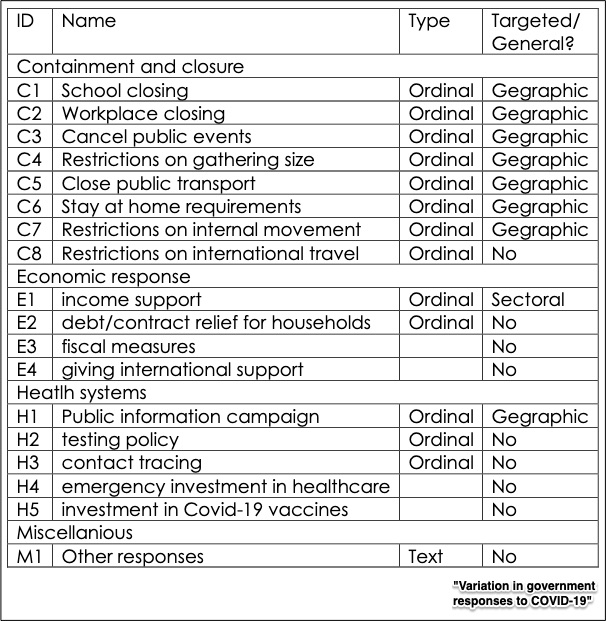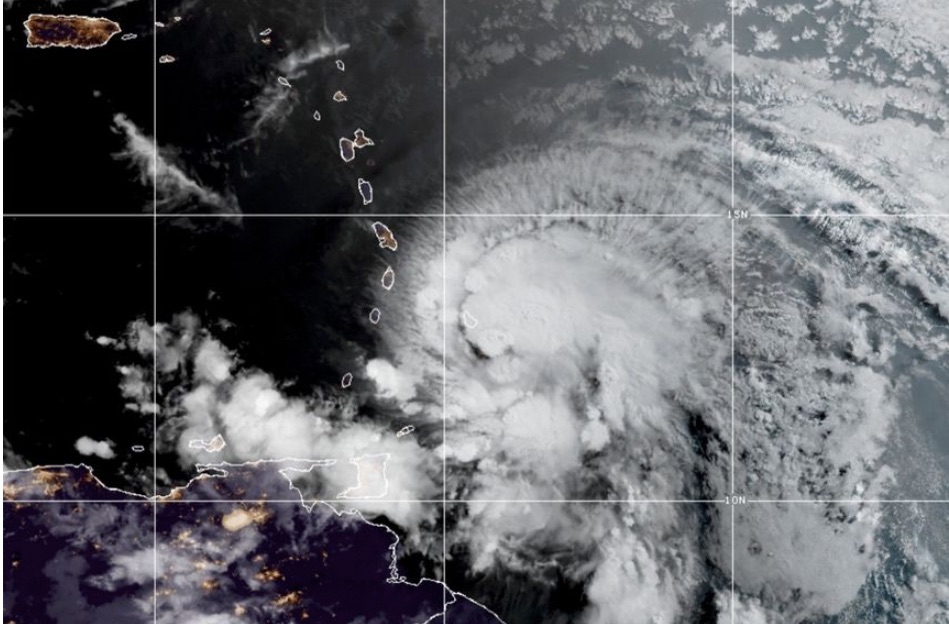
Thanksgiving Top 10 List: 2020
November 26, 2020
November 2020 Friday’s e-links: A Giant Panda Cub and Two Podcasts
November 27, 2020With New Zealand #1 and Mexico #53, the top and bottom of Bloomberg’s Resilience Ranking are about more than a virus.
Through ten variables, we can see how the spread of an illness, the efficacy of healthcare, and economic activity intertwine very differently. We can also see which countries have successfully managed the pandemic.
The Covid-19 Response
The first five variables in the Index range from Covid case rates to fatalities to vaccine access. Then, more economic, the second five focus on metrics that relate to lockdown severity, mobility, and GDP. Together they are supposed to show what worked in the battle against COVID-19.
For example, Lockdown Severity comes from the University of Oxford’s government response stringency index. Based on nine policy areas, a country’s score can range from 0 to 100.
This where the world was on November 16:
It looked much worse on April 19:
For its Index, Bloomberg believed the greater the stringency, the more the disruption. So, a high score pulled your resilience numbers down.
Comparing Scores
The Index ranked 53 countries. All had economies that exceeded $200 billion.
New Zealand occupies the top spot because it acted quickly and effectively. It locked down before COVID took a single life, closed its borders, and had a proactive centrally controlled strategy. Through a four level alert system, the government kept people informed. In second place, Japan had the public health system and social trust that let it act meaningfully. Different again, Taiwan depended the most on tech. From mask availability to infection hot spots, apps kept people informed.
What the top countries had in common was effective testing and tracing. There was a shared trust that facilitated compliance. Eight of the top ten countries were democracies.
Below, you can see the top 15. Lower down, the U.S. is #18, behind the UAE (17), Sweden (16), Germany (14) and Canada (13):
Our Bottom Line: Tradeoffs
Policy decisions are always about tradeoffs. Evaluating our choices, we can consider the benefits of the alternatives. When we select one, we forgo the benefits of whatever we did not do. Without a crystal ball, we can never be positive of their impact.
The following decisions in Oxford’s lockdown stringency index each embody a slew of tradeoffs:
Describing its index, Oxford said it was trying to shrink the Covid-19 knowledge gap. So too is Bloomberg by letting us know which policies have been most successful and least disruptive.
My sources and more: During my morning walk, I learned about the Bloomberg Resilience Index from the Bloomberg Prognosis podcast. Then, because Bloomberg articles are gated, The Irish Times wound up as my best source for a summary of the Index and FT was perfect for the Oxford stringency paper.
![econlifelogotrademarkedwebsitelogo[1]](/wp-content/uploads/2024/05/econlifelogotrademarkedwebsitelogo1.png#100878)






